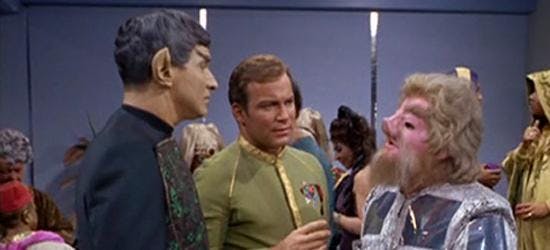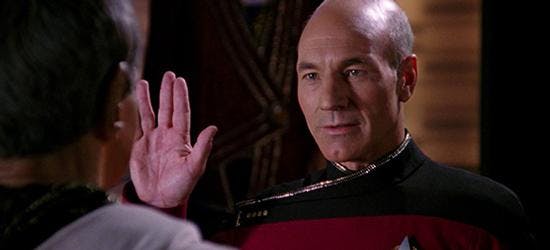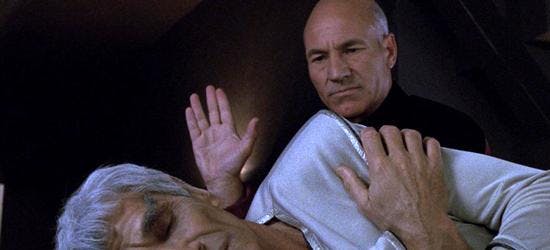Published Oct 13, 2014
Bendii Syndrome and the Mysteries of the Mind
Bendii Syndrome and the Mysteries of the Mind

Stardate 43917.4: the USS Enterprise NCC 1701-D is about to host high-level negotiations with a mysterious and persnickety race known as the Legarans. Representing the Federation: none other than (“how do you vote?”) Sarek of Vulcan, as he was called by the late Tellarite Ambassador Gav. (Sarek is, of course, better known to most as Spock's dad.)

Even by Vulcan standards, Sarek is getting on in years at this point. As soon as he arrives onboard, something strange happens: the crew of the Enterprise start developing extremely short tempers, and it seems nobody's immune.



But Sarek — indeed, the whole Federation — has apparently never heard of stem cell science. A study from the Gladstone Institutes has revealed that it might be possible to actually re-grow inhibitory neurons, with a little help from regenerative medicine. Researchers from Gladstone and UC San Francisco took mice that exhibited Alzheimer's-like symptoms matching the apoE4 model and transplanted inhibitory neuron stem cells into their brains, just like planting seeds. Incredibly, not only did those seeds survive the transplant process, but they began to grow, essentially replenishing lost inhibitory neurons and restoring missing functions.The implications are wildly exciting: successful transplants of the same kind in humans could be a meaningful treatment for a significant chunk of Alzheimer's patients — even, dare we say, a framework for an eventual cure. As it happens, we here at XPRIZE are developing a prize competition to incentivize a way to accurately screen, diagnose and treat Alzheimer's disease, with the goal of making it easier to identify and one day cure it in humans worldwide. But if it helps, we won't rule out mind-melds either.--Jon Sung is a contributing writer for XPRIZE and copywriting gun-for-hire to startups and ventures all over the San Francisco Bay area. When not wrangling words for business or pleasure, he serves as the captain of the USS Loma Prieta, the hardest-partying Star Trek fan club in San Francisco.XPRIZE is an innovation engine. We design and operate prize competitions to address global crises and market failures, and incentivize teams around the world to solve them. Currently, we are operating numerous prizes, including the $30M Google Lunar XPRIZE, challenging privately funded teams to successfully land a robot on the Moon’s surface, and the $10M Qualcomm Tricorder XPRIZE, challenging teams around the world to create a portable, wireless, Star Trek-inspired medical device that allows you to monitor your health and medical conditions anywhere, anytime. The result? Radical innovation that will help us all live long and prosper. Sign up today to join our mission, be a part of our campaign and win collectibles at: tricorderfederation.org.





